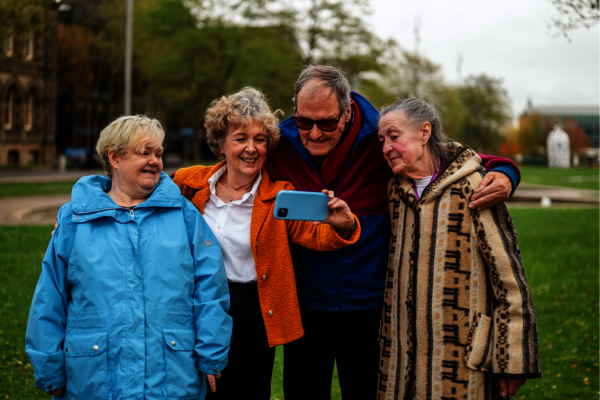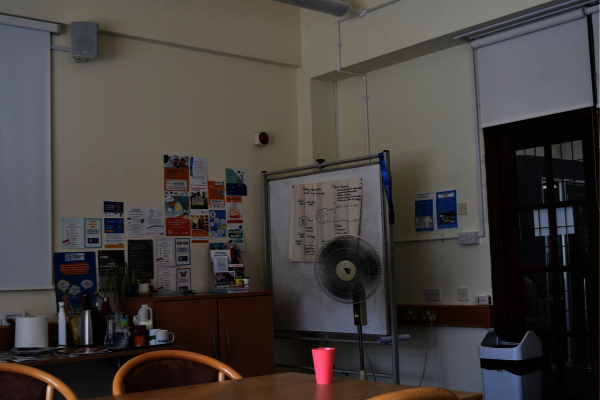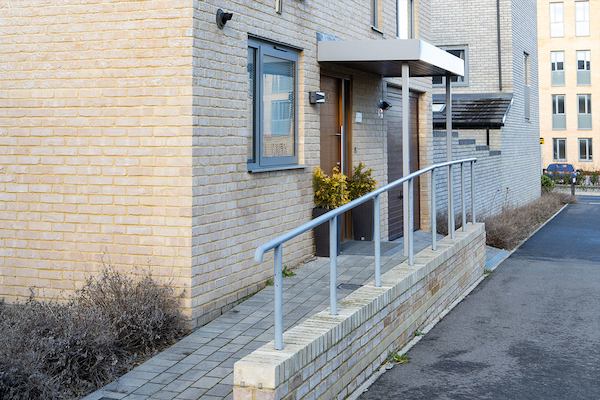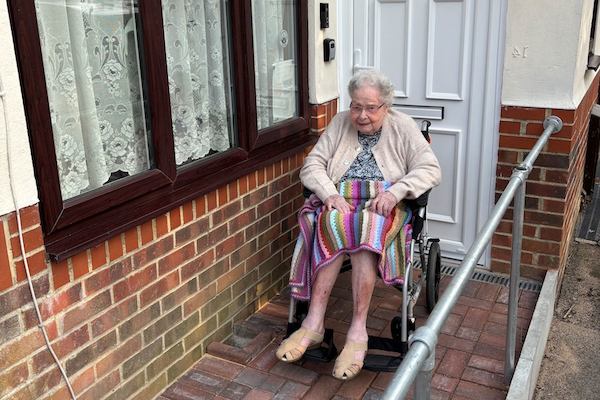Discovering the need
As part of wider work looking at accessibility and inclusivity, Trinity Leeds Shopping Centre wanted to identify older people’s needs that weren’t currently being met and possible ways to address any barriers to engagement. The shopping centre management places importance on engaging with its customers and implementing low-cost solutions that will make the centre an inviting destination for everyone. The centre provides a range of ways people can share their views: there is an online survey where people can notify the centre of any urgent issues or give general feedback; for those who want to raise issues in person while at the centre, there is a guest services lounge with staff on hand to talk to visitors; and the centre also holds focus groups twice a year to look at different topics, including accessibility and inclusivity. In addition, the shopping centre consulted with Leeds Older People’s Forum for greater insights into ways they could better support older people.
Implementing change
Following its work looking into the needs and preferences of older people, Trinity Leeds Shopping Centre has introduced a variety of initiatives. In doing so, it has collaborated with other groups and organisations with expertise on specific issues, either for advice or to carry out the work.
It provides training for onsite teams and store partners, such as Dementia Friends training and Wise up to Ageism awareness-raising sessions hosted by Leeds Older People’s Forum. This means that older adults can be sure of receiving service that is sensitive and appropriate when shopping and using the other facilities and entertainment venues within the centre. There are also dedicated quiet hours and a quiet room for those who might find the usual background noise and bustle of a shopping centre overwhelming.
Several facilities have been put in place to support users with particular physical needs. For example, there are stoma-friendly toilets as well as Bins for Boys in the men’s toilets. Visitors can hire wheelchairs and mobility scooters free of charge for use in the centre, which is not offered at any other shopping centres in the area. A large-print version of the centre guide is available, and all versions of the guide indicate clearly where the different accessibility features can be found.
The benefits
Most of the initiatives introduced have required minimal financial outlay but have had a positive and important impact for individuals visiting Trinity Leeds. The centre has received positive feedback from customers on the changes.




